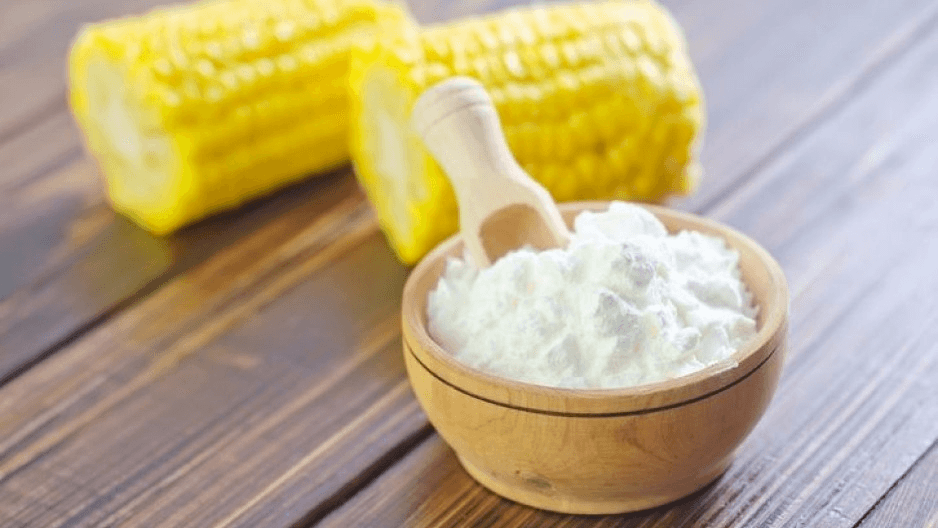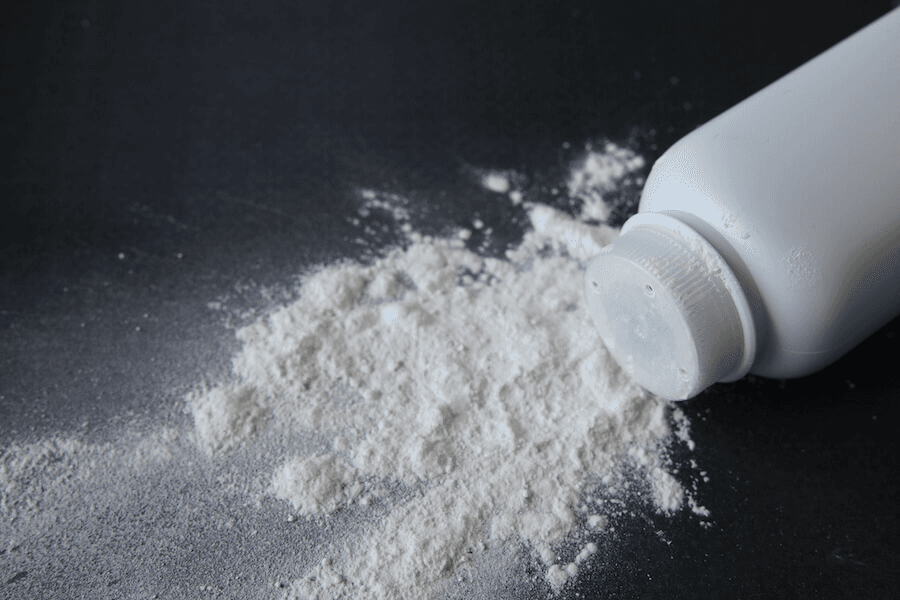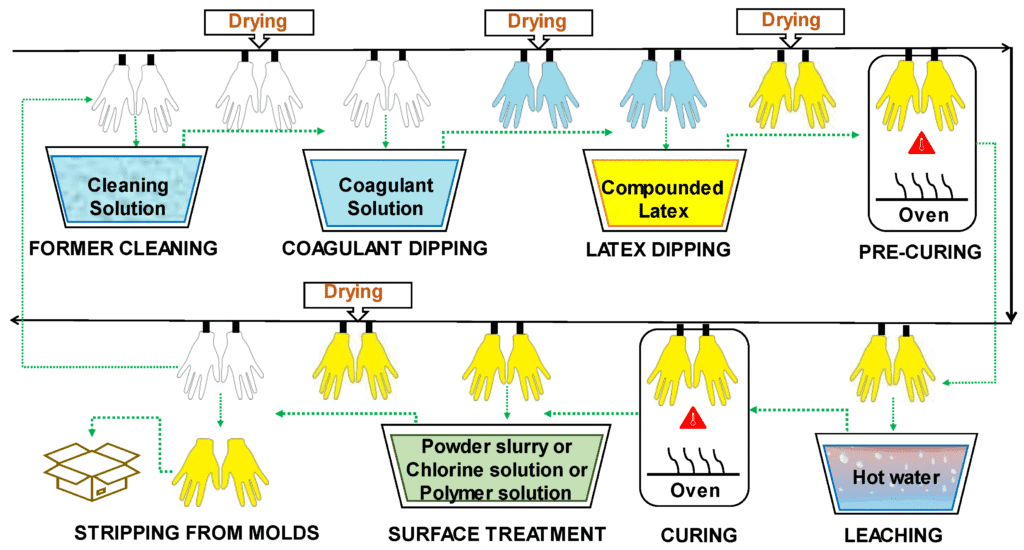Disposable gloves are widely used in various fields, from healthcare and food handling to industrial work and household chores. Many of these gloves contain powders to enhance usability, but these substances can also pose risks. This article delves into the types of powders used, their functions, potential hazards, and safer alternatives.
Types of Powders in Disposable Gloves
Cornstarch (Plant-based Powder)
Cornstarch, a natural plant-derived powder, is one of the most common substances added to disposable gloves. It is derived from corn kernels, making it biodegradable and relatively safe compared to some alternatives.

Talcum Powder (Mineral-based Powder)
Talcum powder, a mineral composed mainly of hydrated magnesium silicate, was historically popular in glove manufacturing. However, its use has declined due to safety concerns.

Functions of Powders in Gloves
Facilitating Donning and Doffing
The primary role of powders in gloves is to act as a separating agent. Gloves are often tightly packed, and powders prevent the inner and outer layers from sticking together, allowing users to put them on and take them off more easily.
Enhancing Comfort
Powders add lubrication to the glove surface, reducing friction between the glove and the skin. This improves overall comfort, especially during extended use.

Potential Hazards Associated with Powders
Allergic Reactions
- Cornstarch: Some individuals may be allergic to corn or its derivatives, leading to skin irritation, itching, or rashes upon contact.
- Talcum Powder: Prolonged exposure can cause skin dryness and cracking. Additionally, if the talc contains asbestos impurities, it becomes a carcinogen, posing serious health risks.

Inhalation Risks
Both cornstarch and talcum powder can become airborne during glove use. Inhaling these particles can irritate the respiratory tract, exacerbating conditions like asthma and potentially causing long-term lung damage.
Contamination Concerns
In critical environments such as healthcare settings or laboratories, powders can contaminate surgical sites, medical equipment, or experimental samples, compromising safety and accuracy.
Safer Alternatives to Powdered Gloves
Powder-Free Gloves by Material
Nitrile Gloves
Nitrile gloves are a popular powder-free option, especially in healthcare and industrial applications. They are latex-free, reducing the risk of latex allergies, and offer excellent resistance to chemicals and punctures.

Latex Gloves
Powder-free latex gloves are available, processed through methods like chlorination to achieve smoothness without powders. They provide a high level of dexterity but may still cause allergic reactions in some individuals sensitive to natural rubber latex.
PVC and Polyethylene (PE) Gloves
PVC gloves are cost-effective and powder-free, suitable for household tasks and light industrial work. PE gloves are ultra-thin and disposable, commonly used in food handling and beauty services.
Powder-Free Gloves by Manufacturing Process
- Chlorinated Gloves:Chlorination involves treating the glove surface with chlorine gas or solutions, creating a smooth, powder-free texture. This method is widely used for latex and nitrile gloves.
- Polymer-Coated Gloves:Manufacturers apply coatings like polyethylene or silicone to the glove surface, providing lubrication similar to powders but without the associated risks.
- Electro-polished Gloves:Electro-polishing removes surface residues through an electrochemical process, ensuring a clean, powder-free finish. This method is often used for high-quality medical-grade gloves.

Conclusion
While powders in disposable gloves serve practical purposes, their potential health risks, including allergies, respiratory issues, and contamination, cannot be ignored. Powder-free alternatives, available in various materials and manufacturing processes, offer a safer and more reliable option for users across different industries. When choosing gloves, it is crucial to consider the specific application and select products that prioritize both functionality and safety.

